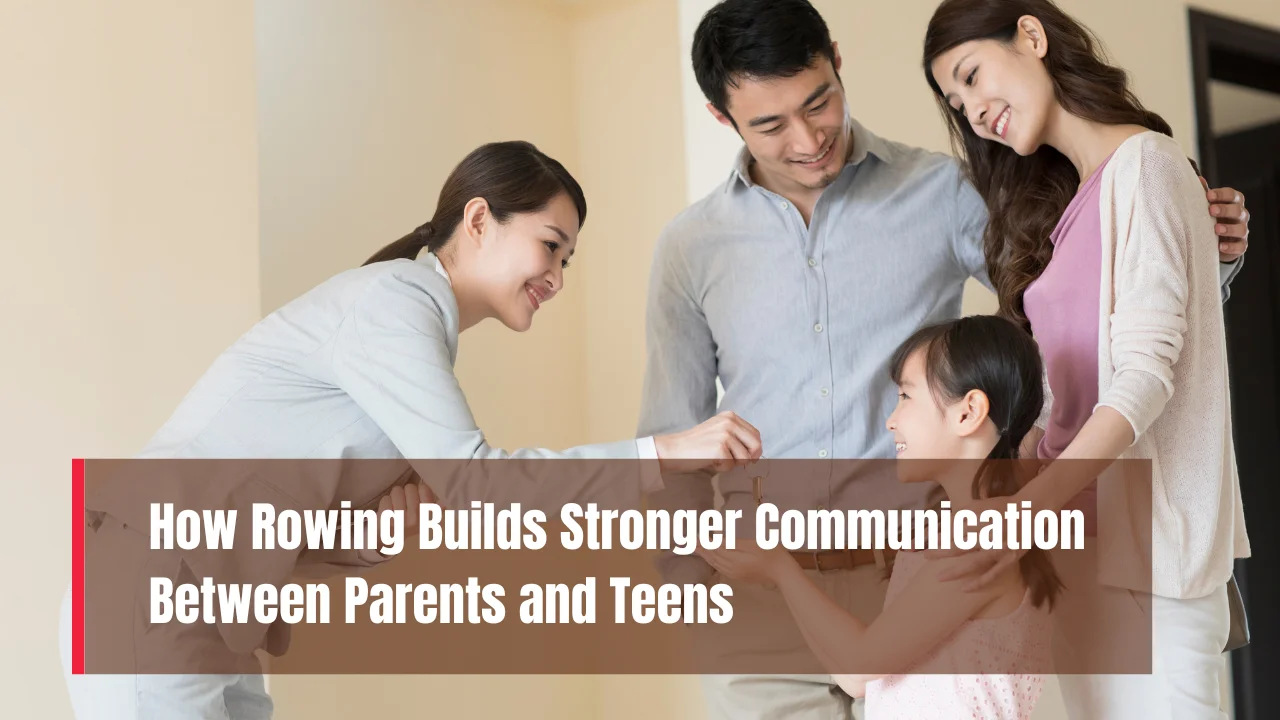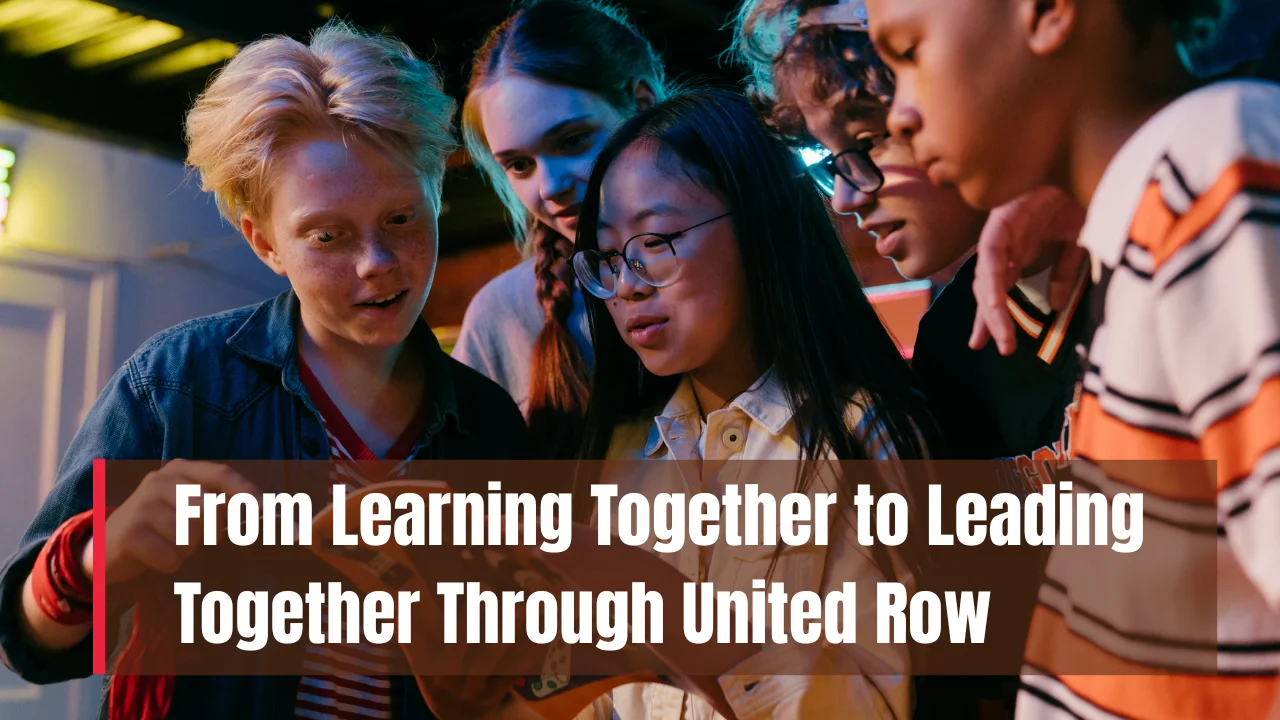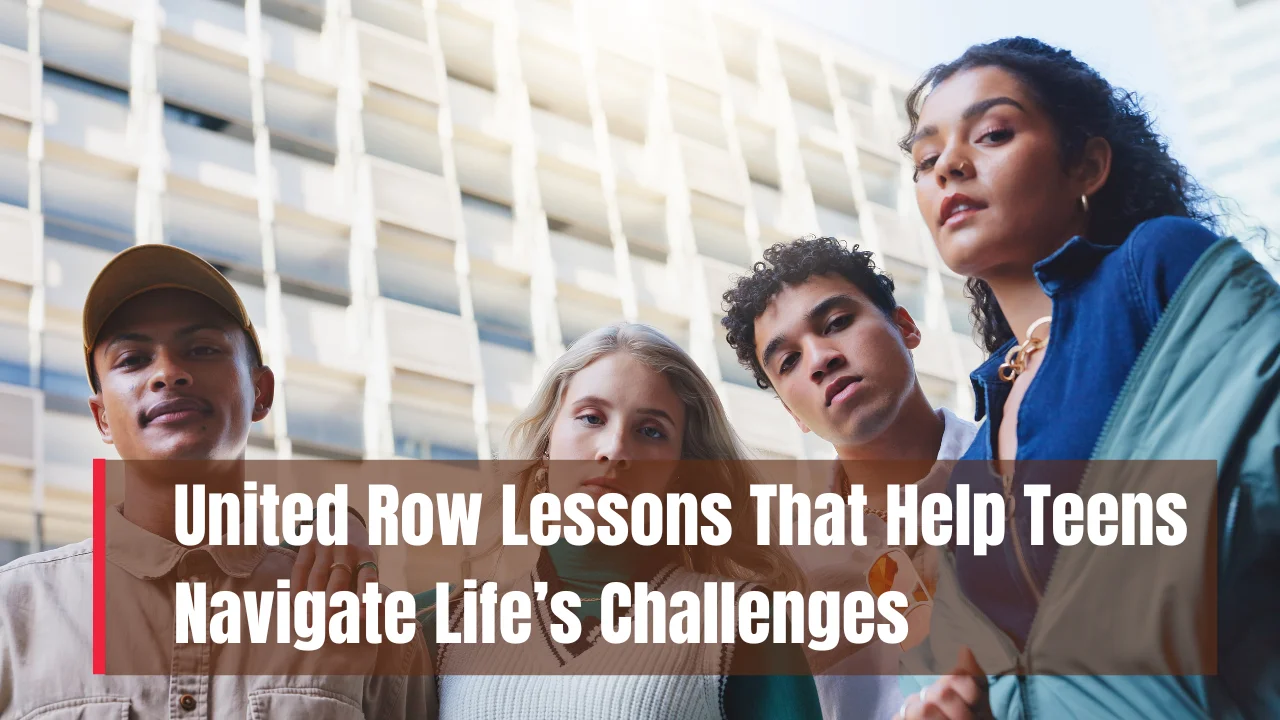United Row Strengthens Communication and Builds Family Bonds: United Row offers a rare chance for parents and teens to connect in a truly meaningful way. In today’s fast-moving world, where schedules clash and screen time eats into conversation, building real relationships often falls to the side. But rowing — especially when done together — provides a space that naturally opens up communication, cooperation, and trust.
This article explores how United Row, a shared rowing experience, can help improve communication between parents and teens. Through teamwork, physical movement, and a supportive environment, rowing becomes more than just a sport. It becomes a tool for emotional connection, healthier family dynamics, and long-term relationship growth. Below, we break down exactly how rowing transforms not just muscles, but minds — and relationships.
United Row Strengthens Communication and Builds Family Bonds
Participating in United Row transforms the traditional parent-teen dynamic into a partnership. In a boat, both parent and teen must work in sync. There’s no hierarchy — just rhythm, cooperation, and trust. This shared experience strips away distractions and social barriers, allowing both parties to be fully present. It’s an equal playing field where each voice, stroke, and effort matters. As both rowers push through challenges together, they develop not just physical endurance but deeper respect, patience, and listening skills. Over time, these shared values reshape how they communicate off the water, creating a stronger, more open, and more connected relationship at home.
Overview Table: Glance at How United Row Impacts Family Communication
| Aspect | How United Row Helps |
| Shared Physical Experience | Builds a sense of teamwork through physical effort |
| Enhanced Listening | Requires active listening and responsiveness during rowing |
| Reduced Screen Time | Offers quality, device-free bonding time |
| Emotional Synchronization | Encourages empathy and emotional attunement |
| Trust and Dependability | Teaches mutual reliance through goal-oriented collaboration |
| Mutual Respect | Promotes equal contribution, reducing generational tension |
| Healthier Stress Management | Improves mood, reducing emotional reactivity in conflicts |
| Long-Term Memory Creation | Creates powerful, positive shared experiences |
How Rowing Builds Emotional Connections
Rowing forces people into alignment — physically, mentally, and emotionally. When parents and teens row together, they begin to move as one. There’s a shared rhythm that requires attention, trust, and emotional presence. Unlike scheduled “family time” that can feel forced or awkward, the United Row experience allows connection to unfold naturally. Over time, the consistent emotional closeness built in the boat spills over into home life, where teens become more open, and parents more approachable.
Encourages Teamwork and Listening
In a rowing shell, every seat matters. If one person is out of sync, the boat loses momentum. This naturally encourages active listening, shared decision-making, and responsiveness. These are exactly the skills that break down communication barriers at home. Through United Row, teens and parents both learn when to take the lead and when to follow, creating an atmosphere of mutual understanding and respect — not just in the water, but in everyday conversations.
Reduces Screen Time and Boosts Quality Time
It’s rare today to spend an hour together without notifications buzzing in the background. United Row eliminates those distractions by pulling families out into nature, where phones are left behind. With eyes off the screen and focused on the water, parents and teens are free to experience quality time in the truest sense. This kind of uninterrupted connection helps build trust, strengthens emotional bonds, and creates a natural platform for deeper conversation.
Builds Mutual Respect and Responsibility
One of the most powerful things about rowing is that it doesn’t care about age or authority. It cares about effort. Whether you’re a parent or a teen, if you’re in the boat, you have a role to play. Through United Row, each person earns the respect of the other by showing up, staying consistent, and giving their best. This shared accountability naturally carries over into the home, where both sides begin to appreciate what the other brings to the relationship.
Improves Mental and Physical Health
Rowing is a full-body workout — but it’s also a full-mind refresh. The movement helps release endorphins, reducing stress and anxiety, which are common roadblocks in parent-teen communication. When both parties feel physically better and mentally clearer, conversations become easier and less defensive. With United Row, both parent and teen benefit from improved emotional regulation, which creates a more peaceful and productive family environment.
Builds Trust Through Shared Goals
Nothing builds trust like reaching goals together. Whether it’s completing a rowing session, improving stroke coordination, or preparing for a community race, United Row gives families a shared mission. Accomplishing that mission builds mutual confidence and a deeper sense of partnership. Over time, this kind of trust makes it easier for teens to share personal struggles, and for parents to offer guidance without resistance.
Two Key Benefits of Rowing Together
- Improved Conflict Resolution: Rowing requires real-time adjustment and calm focus. Families who row together learn to manage disagreements with patience and clarity, replacing yelling with problem-solving.
- Better Non-Verbal Communication: Rowing sharpens awareness of non-verbal cues — like timing, body language, and energy levels. These unspoken skills become valuable in recognizing stress or emotional shifts at home before conflict arises.
Encourages Patience and Consistency
One of the first things families learn in United Row is that success doesn’t happen overnight. Perfecting form, building endurance, and syncing strokes takes time. This instills patience — not just with the sport, but with each other. Parents begin to show more grace when teens make mistakes, and teens, in turn, develop more tolerance for their parents’ concerns. The consistent effort and practice reinforce the idea that communication and connection, like rowing, require time, attention, and repetition.
Teaches Support During Challenges
Rowing isn’t always smooth sailing. Rough waters, bad weather, and off-days are part of the experience. But learning how to support one another through those tough moments is where the real growth happens. Teens learn to be empathetic, and parents learn when to push and when to step back. United Row teaches that challenges are normal — and that facing them together makes families stronger and more connected.
Develops Shared Memories
Shared memories are the building blocks of lifelong bonds. With United Row, families don’t just make memories — they make meaningful ones. From early morning sessions to race day nerves, these moments become stories retold for years. They create a strong emotional foundation that fosters closeness, even during difficult periods. When a teen remembers laughing with their parent on the water, they’re more likely to open up and trust them during harder conversations.
Final Thoughts
United Row isn’t just an activity — it’s a path to emotional growth, healthy habits, and stronger family relationships. Through teamwork, discipline, and mutual trust, it creates an ideal space for real communication to happen. For families looking to reconnect or simply deepen their bond, rowing offers a powerful and practical solution.
Don’t wait for the right time to talk — create it. Get on the water, find your rhythm, and let United Row bring your family closer, one stroke at a time.












